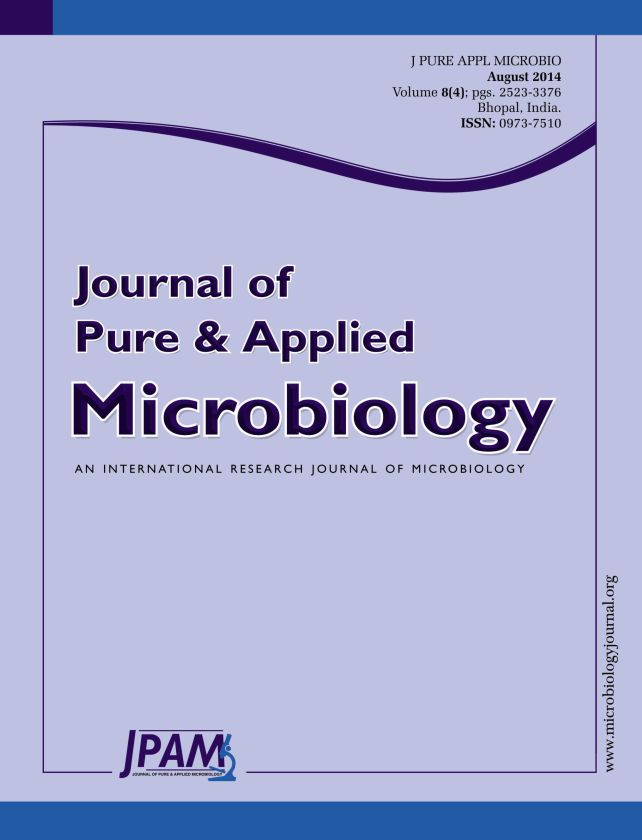New microbial bioprospecting has become an important way to find new polyhydroxyalkanoate (PHA) producers and degraders. Poly (3-hydroxybutyrate) (PHB), the best known member of the PHAs, has received much attention because it can be degraded completely in different environments without forming any toxic products. In this contribution an actinomycete, designated strain SSM 5670, showed the better response for PHB degradation by the clear-zone method. Nevertheless, it produces PHB in low amounts (5.6% dry cell weight). According to the phylogenetic analysis the strain most similar to the PHB-degrading isolate SSM 5670 was Streptomyces omiyaensis NBRC13449. The selected isolate was characterized by its cultural, morphological and physio-biochemical features and deposited in an Argentine culture collection under the name Streptomyces omiyaensis SSM 5670.
Streptomyces, isolation, characterization, poly(3-hydroxybutyrate), accumulation, 16S rDNA analysis
© The Author(s) 2014. Open Access. This article is distributed under the terms of the Creative Commons Attribution 4.0 International License which permits unrestricted use, sharing, distribution, and reproduction in any medium, provided you give appropriate credit to the original author(s) and the source, provide a link to the Creative Commons license, and indicate if changes were made.


